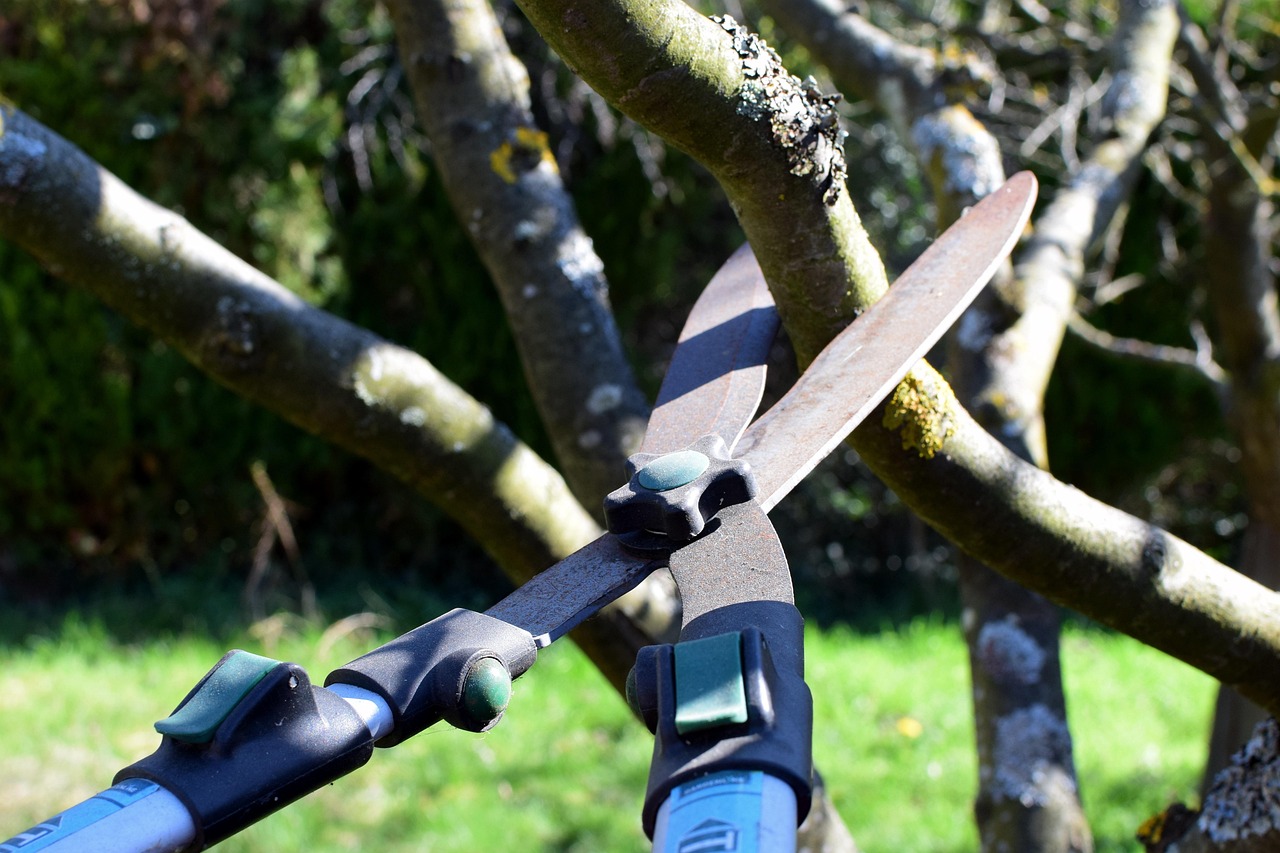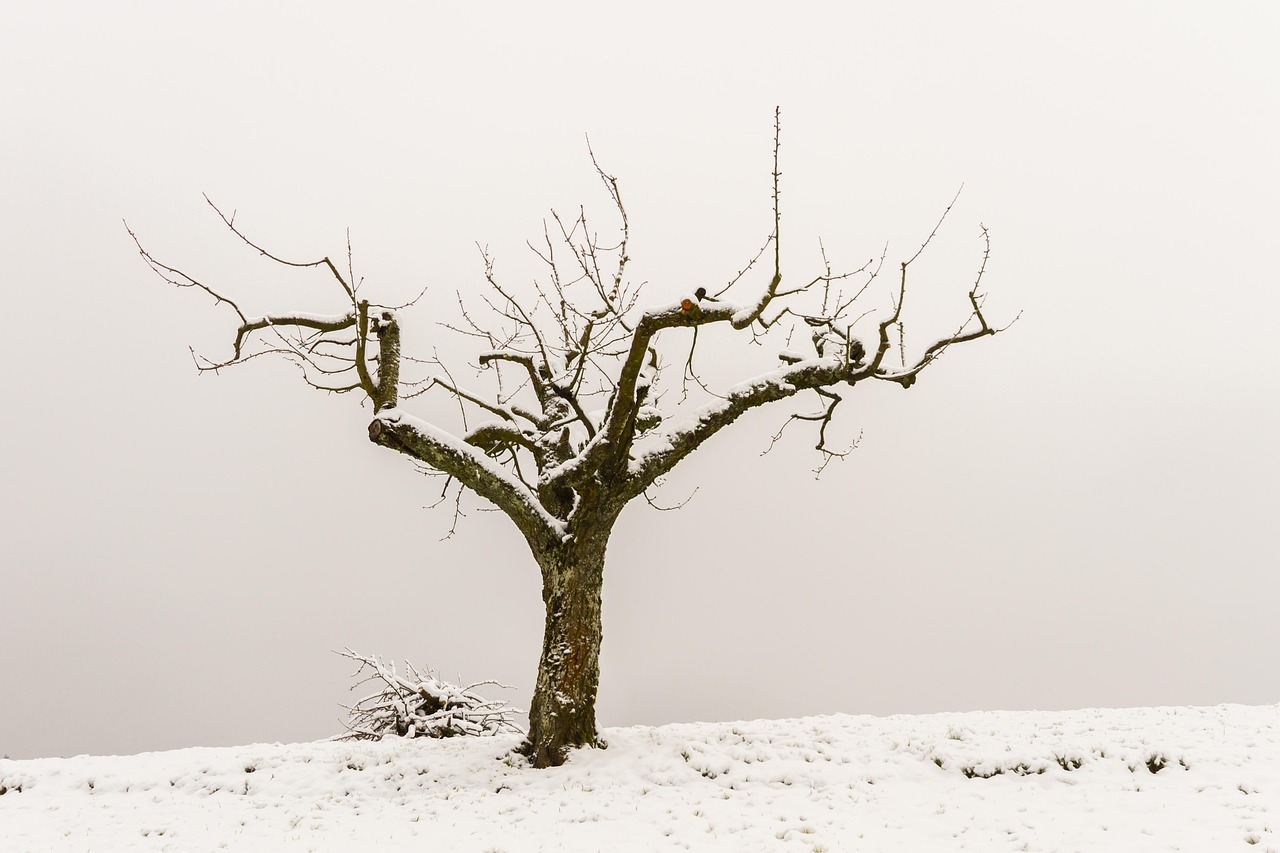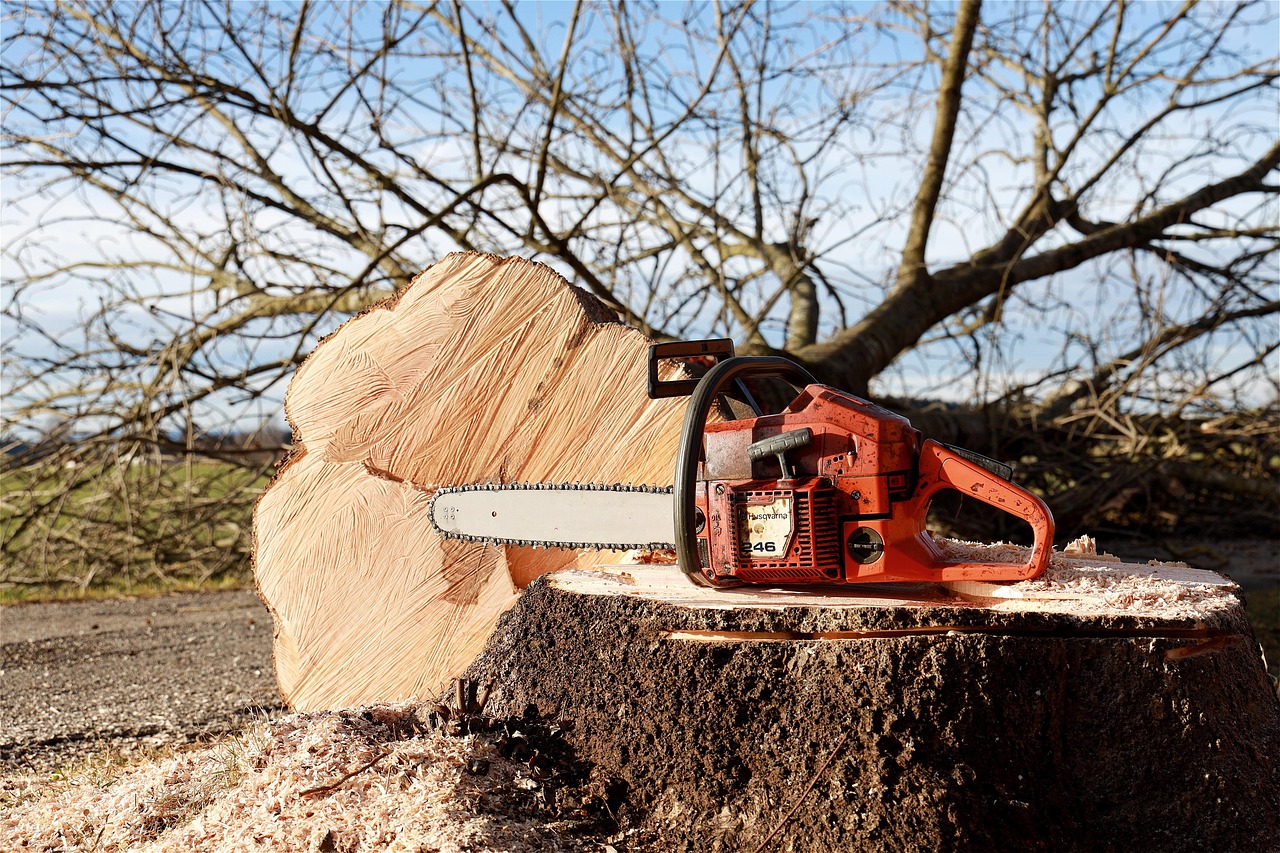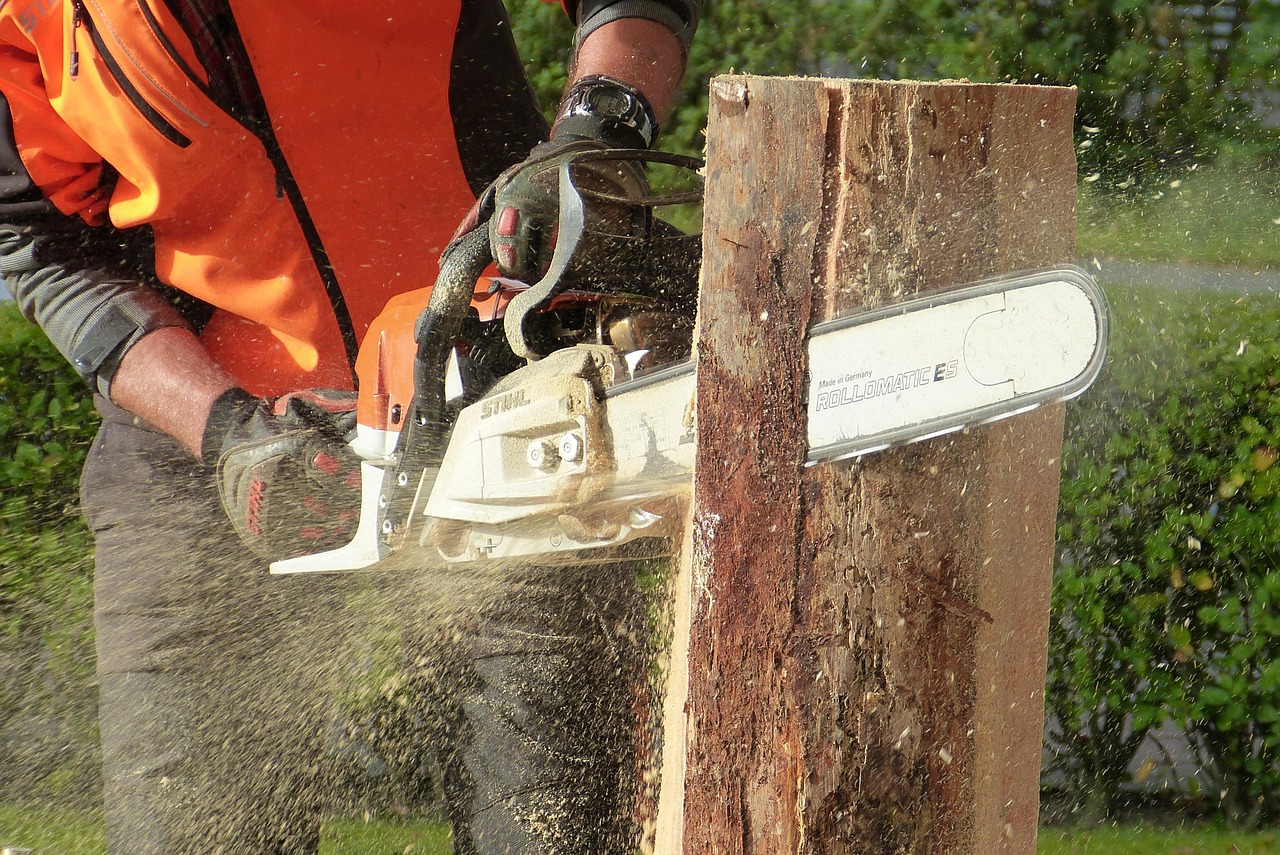Tree pruning costs vary widely based on factors such as tree size, location, and the complexity of the job. On average, homeowners can expect to pay between $300 and $1,500 for professional tree pruning services.
Understanding Tree Pruning Costs
Tree pruning is an essential aspect of tree maintenance that promotes health, improves aesthetics, and ensures safety. However, many homeowners are uncertain about the costs involved in hiring professionals for this task. Understanding the various factors that influence pricing can help you make informed decisions.

When considering tree pruning, it is important to note that costs can fluctuate based on several key elements. These include the tree species, its size and height, the location of the tree, and any additional services that may be necessary. For example, pruning a large oak tree may require more expertise and effort than trimming a smaller ornamental tree.
Factors Influencing Tree Pruning Costs
- Tree Size: Larger trees require more time and equipment for pruning, leading to higher costs.
- Tree Species: Some species may have specific pruning needs or be more difficult to prune, affecting pricing.
- Location: Trees situated in hard-to-reach areas or near structures may require special equipment or safety measures, increasing expenses.
- Job Complexity: More complicated jobs that involve removing dead branches or shaping the tree will cost more.
- Health of the Tree: Trees that are diseased or damaged may require additional care and time, impacting overall costs.
Average Cost Ranges
The average cost of tree pruning can be broken down into different ranges based on the height of the tree. Below is a simple table that illustrates typical costs associated with various tree heights.
| Tree Height | Average Cost Range |
|---|---|
| Less than 15 feet | $100 – $300 |
| 15 to 30 feet | $200 – $700 |
| 30 to 60 feet | $300 – $900 |
| Over 60 feet | $500 – $1,500 |
As shown in the table, the height of the tree significantly impacts the cost of pruning. Smaller trees are generally more affordable to prune, while larger trees require more resources and thus incur higher fees. In addition to height, local market rates can also play a role in determining overall costs.

Additional Pricing Considerations
Beyond just the basic pruning costs, there are several other factors that can affect your total price. For instance, you may need to consider whether you want to include stump grinding or debris removal in your service package. Here are some additional considerations:
- Debris Removal: Some companies charge extra to clean up branches and leaves after pruning.
- Stump Grinding: If a tree is removed, grinding the stump can add $75 to $300 to your total cost.
- Seasonal Demand: Prices may fluctuate based on the season. Spring and summer are peak times for tree care services.
- Geographic Location: Costs can vary significantly by region; urban areas often have higher rates than rural locations.
The Importance of Professional Pruning
While some homeowners may consider DIY approaches to tree pruning, hiring a professional is often recommended for safety and effectiveness. Professionals are trained to properly assess trees and understand their specific needs. They are equipped with the right tools and knowledge to perform the job safely and efficiently.
Moreover, improper pruning can lead to various issues such as disease, structural weakness, or even tree death. Therefore, investing in professional services not only ensures the health of your trees but also enhances the beauty and safety of your property.

Choosing the right tree service provider is crucial. It is advisable to research local companies, read reviews, and obtain multiple quotes before making a decision. This approach will help you find a service that fits your budget while ensuring quality care for your trees.
In summary, understanding tree pruning costs involves considering various factors including tree size, species, location, and additional services. By being informed about these elements, you can better navigate the process and ensure that your trees receive the care they need at a fair price.
Types of Tree Pruning Services
Understanding the different types of tree pruning services can help you determine what is best for your trees and your budget. Each type of pruning serves a distinct purpose and comes with its own cost implications. Below are the most common types of tree pruning services.

1. Crown Thinning
Crown thinning involves selectively removing branches to increase light penetration and air circulation within the tree’s canopy. This method is beneficial for promoting healthy growth and preventing disease.
- Benefits: Improved light and air flow, reduced wind resistance, enhanced appearance.
- Cost: Typically ranges from $300 to $700 depending on tree size and density.
2. Crown Raising
Crown raising removes lower branches of a tree to create clearance for pedestrians, vehicles, or buildings. This type of pruning is often necessary for safety and accessibility.
- Benefits: Increased visibility, safety for pedestrians, reduced risk of damage to structures.
- Cost: Usually ranges from $200 to $600 based on the height of the tree.
3. Crown Reduction
Crown reduction reduces the overall height or spread of a tree’s canopy. This method is often used to manage the size of large trees that may be encroaching on structures or power lines.
- Benefits: Maintains tree health while controlling size, reduces risk of branch failure.
- Cost: Generally ranges from $400 to $1,000 depending on the extent of reduction.
4. Deadwooding
Deadwooding involves the removal of dead, dying, or diseased branches from a tree. This practice is essential for maintaining tree health and safety.
- Benefits: Reduces risk of falling branches, promotes healthy growth.
- Cost: Costs can vary widely but generally range from $100 to $500 depending on the number and size of branches removed.
Seasonal Considerations for Tree Pruning
The timing of tree pruning can also affect costs and effectiveness. Different trees have specific pruning windows that best suit their growth cycles. Below are some seasonal considerations to keep in mind.
Spring Pruning
Spring is often a popular time for pruning because trees are coming out of dormancy. This timing allows for better visibility of branches and potential issues.
- Advantages: Easier to identify dead wood, encourages healthy growth.
- Considerations: Some trees may bleed sap if pruned too early; timing is crucial.
Summer Pruning
Summer pruning can be effective for certain species as it helps control growth and shape trees. It also reduces the risk of disease transmission since many pathogens are less active during this season.
- Advantages: Helps manage size and shape, encourages denser foliage.
- Considerations: Can stress trees if done excessively; requires a careful approach.
Fall Pruning
Fall is generally not recommended for most tree species, as it can leave trees vulnerable to winter damage. However, some late-flowering trees may benefit from fall pruning.
- Advantages: Allows for maintenance before winter conditions set in.
- Considerations: Trees may be more susceptible to disease; timing is essential.
Winter Pruning
Winter is often considered the best time for pruning many deciduous trees while they are dormant. This time allows for easy access to branches without leaves obstructing visibility.
- Advantages: Minimal stress on trees, easier to see structure.
- Considerations: Risk of damage from freezing temperatures; requires appropriate planning.
Selecting a Tree Pruning Service Near You
When searching for a tree pruning service in your area, it is essential to consider various factors beyond just price. Quality and expertise should be your top priorities. Here are some steps to help you find the right service provider.
- Research Local Companies: Look for tree service providers with good reputations in your area. Online reviews and recommendations from friends or family can be invaluable.
- Check Certifications: Ensure that the tree service has certified arborists on staff. This certification indicates a professional level of knowledge about tree care.
- Request Quotes: Reach out to multiple companies for quotes. This will give you a better understanding of average costs in your area.
- Ask Questions: Inquire about their methods, equipment, insurance, and experience. A reputable company will gladly provide this information.
- Review Contracts: Before hiring a service, ensure you understand the terms outlined in their contract. Pay attention to details like payment terms and guarantees.
Selecting the right service can make a significant difference in the health and appearance of your trees. Taking the time to research and vet potential providers will pay off in the long run.
Cost-Saving Tips for Tree Pruning
Tree pruning can be a significant investment for homeowners. However, there are several strategies you can employ to save money while ensuring that your trees receive the care they need. Below are some practical tips for reducing the overall cost of tree pruning services.
1. Schedule Pruning During Off-Peak Seasons
Many tree services experience high demand during the spring and summer months. Scheduling your tree pruning during off-peak seasons, such as late fall or winter, can often lead to lower prices.
- Benefits: Lower demand means companies may offer discounts to attract business during these slower times.
- Considerations: Ensure that the timing is suitable for the specific species of trees you have.
2. Bundle Services
If you need multiple tree care services, consider bundling them together. Many companies offer discounts when multiple services are requested at once, such as pruning, fertilization, and pest control.
- Benefits: Reduced overall costs and convenience of having multiple tasks completed in one visit.
- Considerations: Ensure you only bundle services that are necessary for your trees’ health.
3. Perform Basic Maintenance Yourself
While professional pruning is essential for larger or more complex jobs, there are basic maintenance tasks you can perform yourself to reduce the need for frequent professional interventions.
- Remove Dead Branches: Regularly inspect your trees and remove small dead branches or twigs.
- Clean Up Debris: Keep the area around your trees clear of fallen leaves and branches to prevent pests and diseases.
- Monitor Tree Health: Keeping an eye on your trees can help you catch issues early, potentially saving you from costly treatments later on.
Understanding Pricing Models for Tree Pruning
Tree pruning companies may use different pricing models. Familiarizing yourself with these models can help you make better financial decisions when hiring a service. Below are the most common pricing structures used in the industry.
1. Per-Hour Rates
Some tree services charge by the hour. This model is common for smaller jobs or when a company is unsure of the time required to complete a task.
- Typical Rate: Hourly rates can range from $50 to $150, depending on the experience of the crew and local market conditions.
- Considerations: Be clear about what is included in the hourly rate, such as cleanup and equipment use.
2. Flat Rates
A flat rate pricing structure is based on the specific job rather than an hourly wage. This model is often used for defined services like crown thinning or deadwooding.
- Pros: Predictable costs make budgeting easier.
- Cons: If additional work is needed, it may result in extra costs that weren’t initially considered.
3. Size-Based Pricing
Some companies determine pricing based on the size of the tree being pruned. This model takes into account height, spread, and overall volume.
| Tree Size Category | Description | Average Cost Range |
|---|---|---|
| Small Trees | Up to 15 feet tall | $100 – $300 |
| Medium Trees | 15 to 30 feet tall | $200 – $700 |
| Tall Trees | 30 to 60 feet tall | $300 – $900 |
| Very Tall Trees | Over 60 feet tall | $500 – $1,500 |
This table provides a clear breakdown of how tree size can affect pricing, allowing homeowners to anticipate potential costs based on their specific trees.
The Value of Preventive Tree Care
Investing in preventive care can save you money in the long run by reducing the frequency and extent of necessary pruning. Here are some preventive measures you can take to maintain healthy trees.
1. Regular Inspections
Conducting regular inspections of your trees can help you identify potential issues early on. Look for signs of disease, insect infestations, or structural problems.
- Frequency: Aim for at least twice a year, ideally in spring and fall.
- Action: If you notice any issues, consult a professional arborist for advice on next steps.
2. Proper Watering and Fertilization
A well-watered and fertilized tree is less likely to develop health issues that require extensive pruning. Understanding your trees’ specific needs is crucial.
- Watering: Ensure trees receive adequate water, especially during dry spells.
- Fertilization: Use appropriate fertilizers based on soil tests and tree species requirements.
3. Mulching
Applying mulch around your trees can help retain moisture, suppress weeds, and improve soil quality. This simple practice can enhance overall tree health and reduce the need for future pruning.
- Type of Mulch: Organic mulches such as wood chips or bark are often recommended.
- Application: Spread a layer of mulch 2-4 inches deep around the base of the tree, keeping it away from the trunk.
By implementing these preventive measures, homeowners can reduce their overall tree care costs while promoting healthier, more resilient trees.
Additional Considerations for Tree Pruning
As you navigate the complexities of tree pruning, there are a few additional considerations that may influence your decisions and the overall health of your trees. Understanding these aspects can help you optimize your investment in tree care.
1. Local Regulations and Permits
Before proceeding with tree pruning or removal, check local regulations. Some municipalities have specific laws regarding tree maintenance, especially for certain species or sizes.
- Permits: In some areas, you may need a permit to prune or remove significant trees. Failing to obtain necessary permits can result in fines.
- Protected Species: Be aware of any protected tree species in your area. Special considerations may apply when dealing with these trees.
2. Seasonal Changes and Weather Conditions
Weather conditions can significantly impact tree health and the timing of pruning. Be mindful of seasonal changes that may affect tree care.
- Heavy Rain or Snow: Avoid pruning during wet conditions, as this can lead to increased disease transmission.
- Windy Days: High winds can pose safety risks when pruning large trees. Always prioritize safety when scheduling work.
3. Emergency Services
Sometimes, emergencies arise that require immediate tree care. Storms can damage trees, leading to fallen branches or hazardous conditions. Understanding how to address these emergencies is crucial.
- Emergency Services: Many tree services offer emergency response teams. Be sure to have contact information handy for local providers.
- Insurance: Check if your homeowner’s insurance covers tree damage or removal. This can help alleviate financial burdens during emergencies.
Final Thoughts
Tree pruning is not just a maintenance task; it is an investment in the health, safety, and beauty of your landscape. By understanding the various factors that influence the costs associated with tree pruning, you can make informed decisions that align with your budget and the needs of your trees.
From recognizing the importance of professional care to implementing preventive measures, every aspect contributes to maintaining vibrant and healthy trees. Remember that regular inspections and proper maintenance practices can help mitigate future costs, ensuring that your trees remain resilient against diseases and pests.
As you seek tree pruning services near you, consider all available options and gather multiple quotes to ensure you receive quality service at a fair price. By doing so, you empower yourself to maintain not only the aesthetics of your property but also the overall health of its greenery.
Ultimately, investing in tree care today can lead to thriving landscapes tomorrow. Your trees will not only enhance your property value but also contribute positively to the environment by improving air quality and providing habitat for wildlife.
With thorough research and consideration, you can navigate the world of tree pruning effectively, ensuring that your trees receive the best possible care while staying within your budget.
